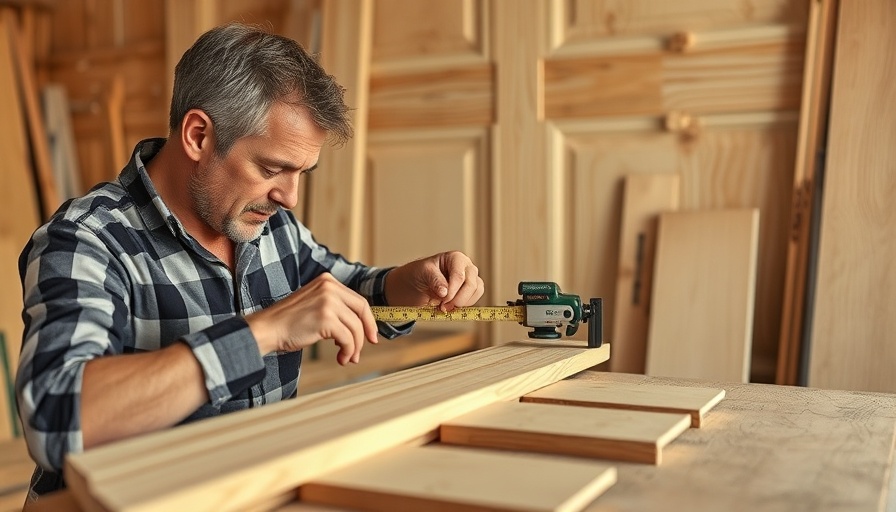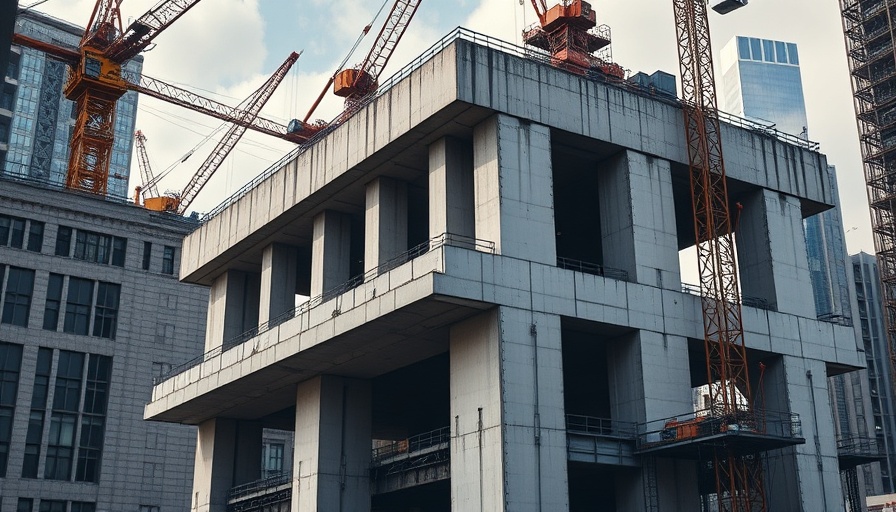
The Importance of Energy Codes in Modern Construction
As building practices evolve, the adoption of energy codes becomes crucial to ensure the efficiency and sustainability of homes. Energy codes set minimum standards for energy efficiency in residential and commercial buildings, thereby reducing energy consumption and improving indoor air quality. When discussing air-sealing between floors and technologies like evaporative cooling, it's essential to see how these elements interplay within the framework of energy codes. The stipulations introduced by these codes dictate how effectively a building can retain heat or cool air, critical during extreme weather conditions.
Understanding Air-Sealing Between Floors
Effective air sealing between floors creates a barrier that minimizes air leakage, a significant contributor to energy loss in homes. This practice not only enhances energy efficiency but also controls moisture, which can lead to structural damage and health issues if left unchecked. As pointed out by various experts, sealing methods can vary, yet they all aim to establish a continuous air barrier. The 'red pen test' serves as a practical tool for builders to outline potential leaks and ensure every corner of air management is addressed.
Evaporative Cooling: A Sustainable Alternative?
With increasing scrutiny on energy consumption, evaporative cooling is garnering attention as an eco-friendly alternative to conventional air conditioning systems. This technology utilizes the natural process of evaporation to cool indoor air, providing an energy-efficient solution during warmer months. By properly sealing a home and integrating systems like evaporative cooling, homeowners can maximize comfort while significantly lowering their energy bills. As environmental accountability rises, techniques that enhance energy efficiency—like those governed by energy codes, improved air sealing practices, and innovative cooling strategies—will become increasingly vital.
Best Practices for Air-Sealing
Implementing straightforward air-sealing practices not only aligns with energy codes but also contributes to long-term benefits for both homeowners and builders. Utilizing high-quality materials such as specialized tapes, sealants, and foams can optimize these efforts. The importance of a proactive approach, including scheduling blower door tests, cannot be overstated. These tests provide insight into leakage points, allowing professionals to make informed decisions about minimizing air infiltration and optimizing energy use.
Final Thoughts on Energy Efficiency
In today’s climate of rising energy costs and environmental awareness, understanding strategies like air sealing and evaporative cooling are more critical than ever. By adhering to energy codes and implementing best practices, builders and homeowners alike can ensure their properties not only comply but excel in energy efficiency. As the tension between energy demand and sustainability intensifies, it is out of necessity that we adapt and adopt these thoughtful construction practices moving forward.
 Add Row
Add Row  Add
Add 




Write A Comment